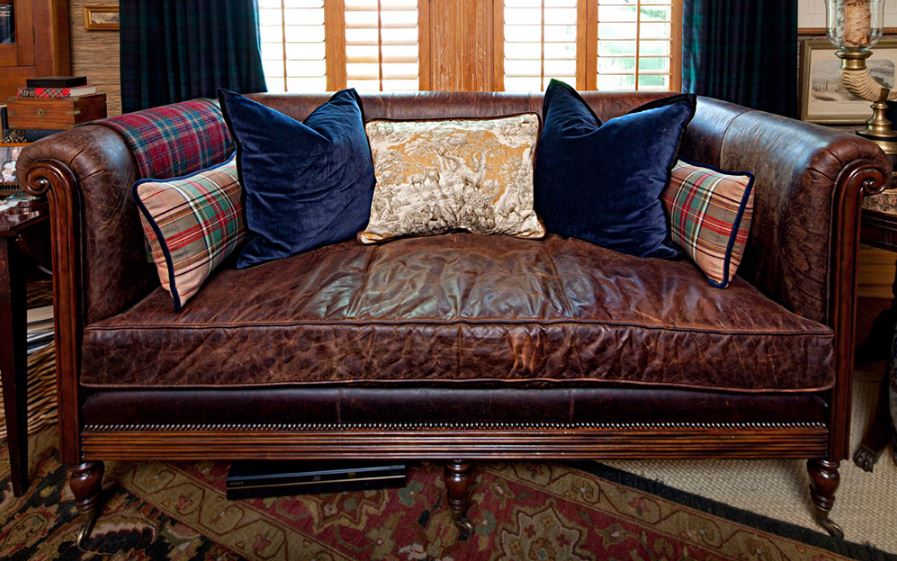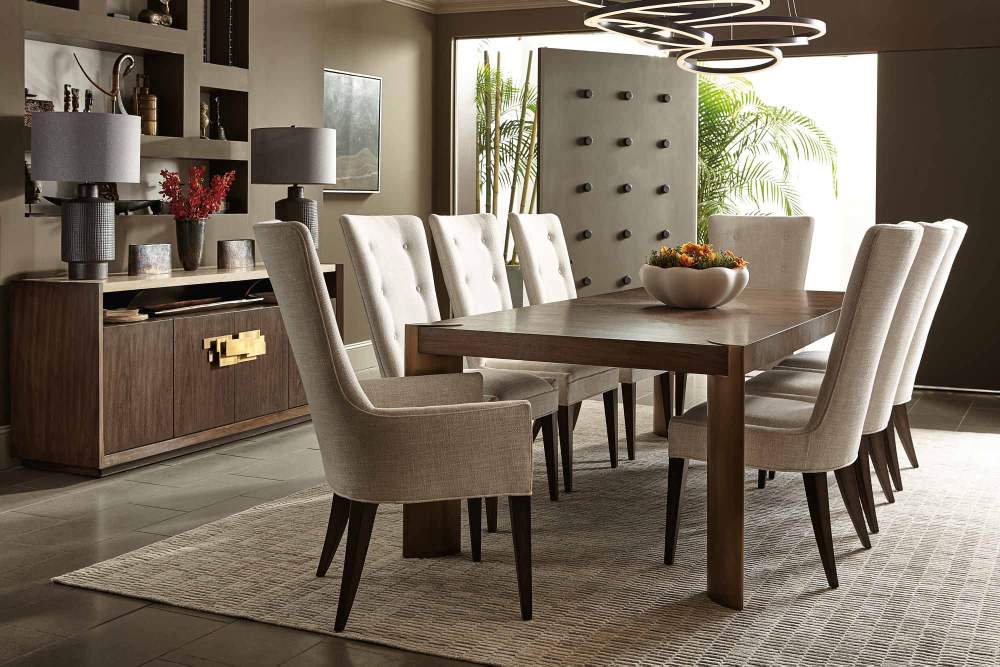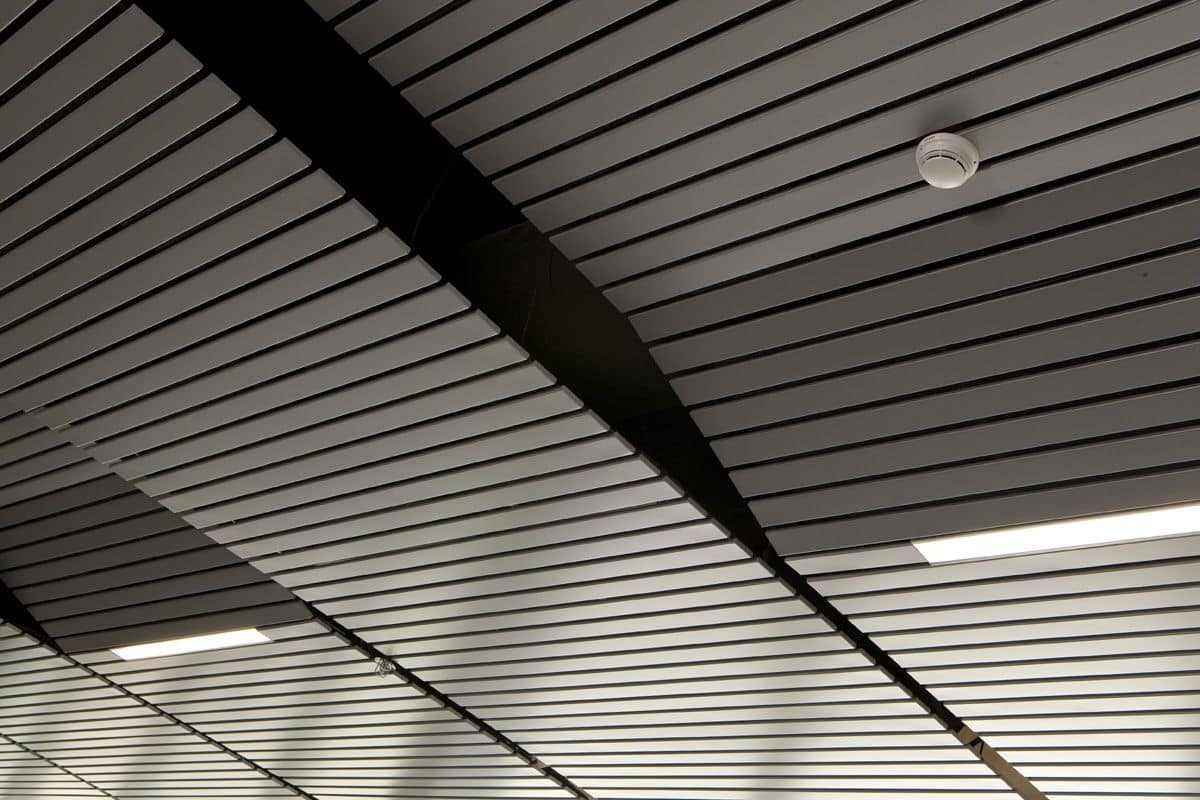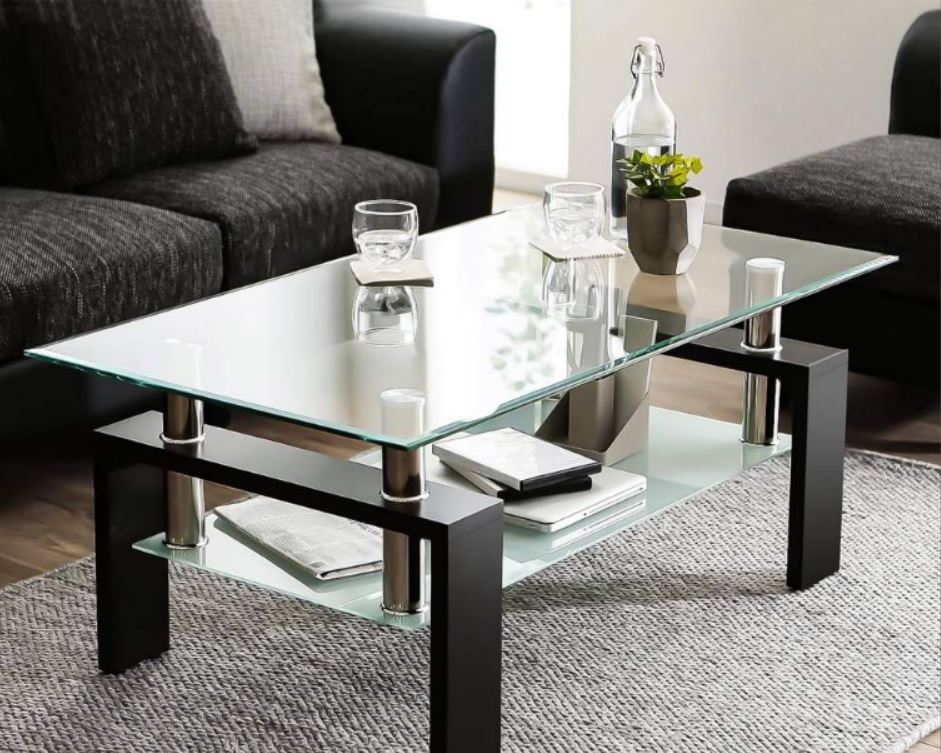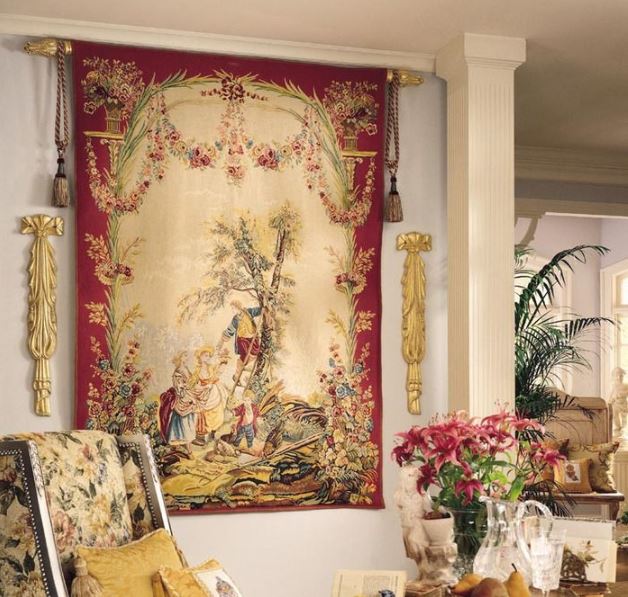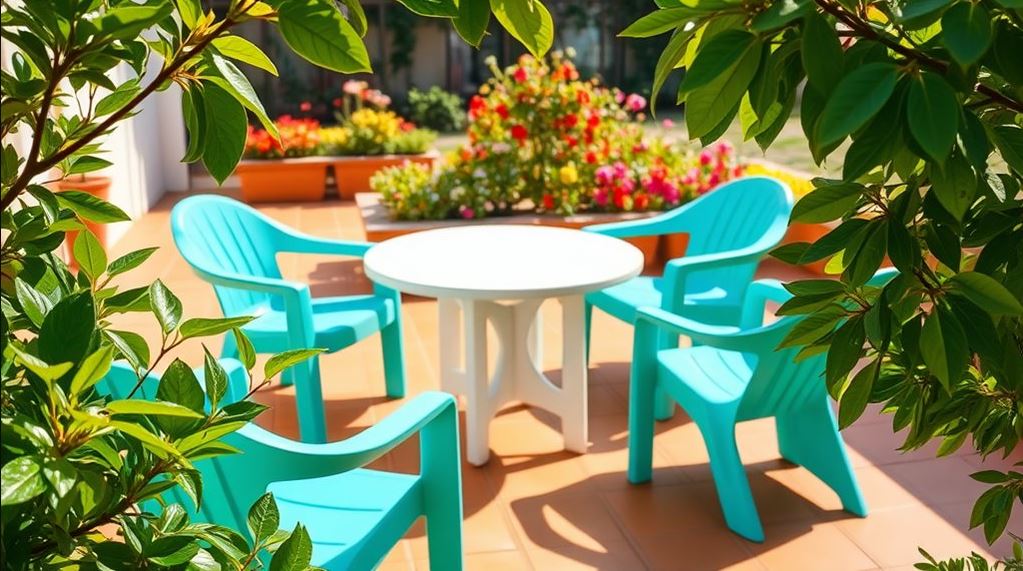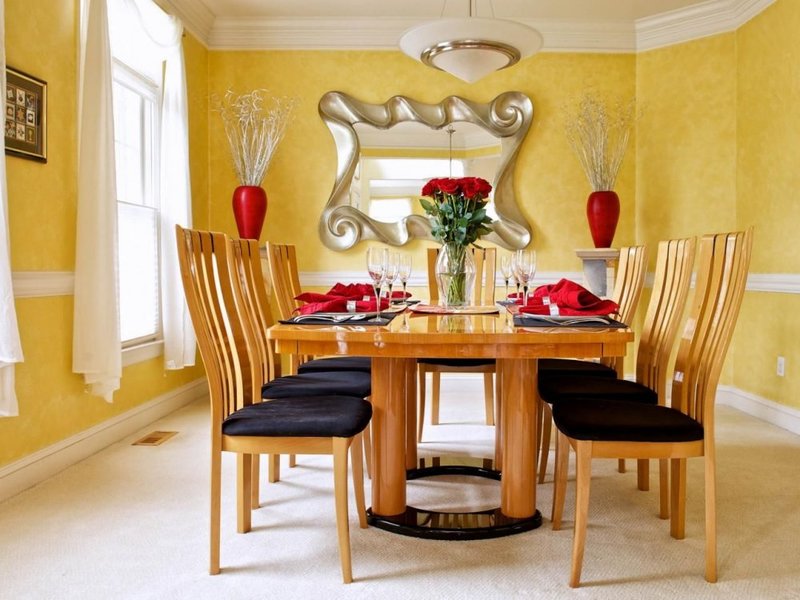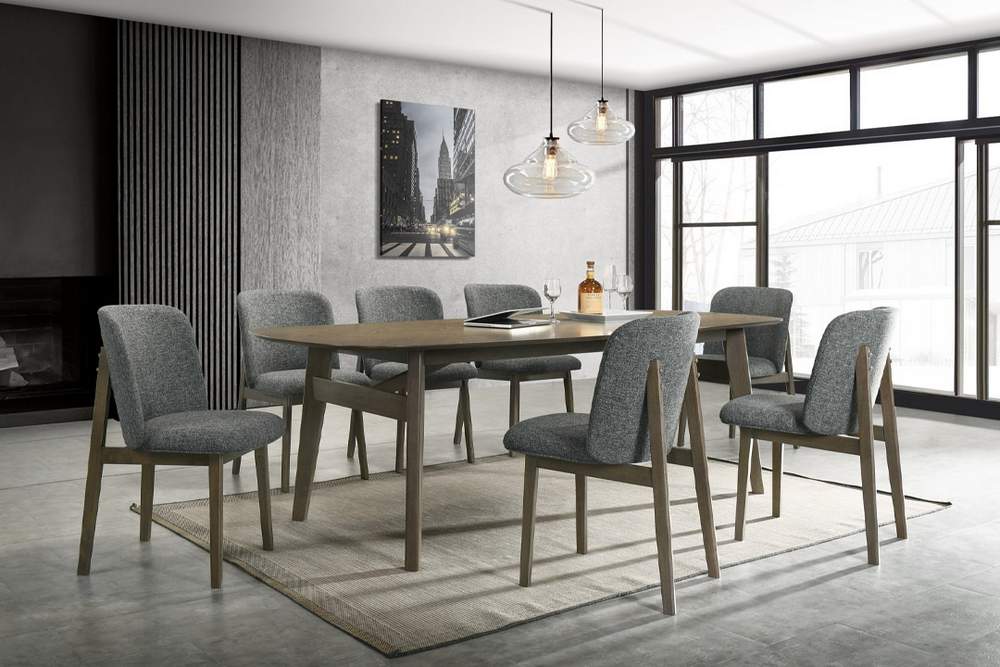Choosing the right materials for furniture is one of the most important decisions in interior design, as materials affect the beauty, durability, and lifespan of furniture. The materials used in furniture vary depending on the type of furniture, its function, and design style, making the right choice essential to ensure comfort and beauty in the home. In this article, we will provide a comprehensive guide to the best materials for furniture, along with their advantages and disadvantages, to help you choose the perfect furniture that combines elegance and durability.
The importance of choosing the right materials for furniture
The materials chosen affect the appearance, durability, and ease of maintenance of furniture. The choice depends on the type of furniture, whether it is for bedrooms, living rooms, kitchens, or offices. The surrounding environment and budget must also be taken into account to achieve the best combination of quality and beauty.
The best materials used in furniture
1. Natural Wood
- Description: Natural wood is one of the most luxurious and highest quality materials used in furniture manufacturing.
- Advantages:
- Durable and strong.
- Classic, luxurious look.
- Can be renovated and restored.
- Disadvantages:
- High cost.
- Susceptible to moisture and cracks if not properly treated.
- Best types: Oak, beech, walnut, and oak.
2. Engineered Wood
- Description: Made from compressed wood fibres and used as an economical alternative to natural wood.
- Advantages:
- Relatively low price.
- Available in a variety of colours and shapes.
- Lightweight.
- Disadvantages:
- Less durable than natural wood.
- Affected by moisture.
- Best types: MDF, HDF, plywood.
3. Metal
- Description: Various metals such as wrought iron, aluminium, and stainless steel are used in modern furniture and offices.
- Advantages:
- Extremely durable.
- Resistant to rust and moisture.
- Suitable for modern styles.
- Disadvantages:
- Requires regular maintenance.
- Cold to the touch.
- Best uses: Metal beds, shelves, tables.
4. Glass
- Description: Tempered or regular glass is used in modern furniture design, such as tables and shelves.
- Advantages:
- Adds a modern and elegant touch.
- Creates a sense of spaciousness.
- Easy to clean.
- Disadvantages:
- Prone to breakage.
- Requires constant cleaning.
- Best uses: Tables, shelves, glass doors.
5. Marble & Granite
- Description: Natural marble and granite are used in luxury furniture such as tables and countertops.
- Advantages:
- Luxurious and elegant appearance.
- Scratch and heat resistant.
- Long-lasting.
- Disadvantages:
- Heavy weight.
- High cost.
- Requires regular maintenance.
- Best uses: Marble tables, kitchen countertops.
6. Natural Fabrics
- Description: These include cotton, linen, wool, and silk fabrics, which are used in furniture upholstery and furnishings.
- Advantages:
- Comfortable and natural.
- Allow for good ventilation.
- Available in a variety of colours and patterns.
- Disadvantages:
- Prone to stains and wear.
- Requires regular maintenance.
- Best uses: Sofas, chairs, curtains.
7. Natural and synthetic leather (Leather & Faux Leather)
- Description: Natural and synthetic leather is used in luxury furniture and offices.
- Advantages:
- Luxurious and elegant appearance.
- Stain resistant and easy to clean.
- Long lasting.
- Disadvantages:
- High cost (for natural leather).
- Prone to scratches.
-
Best uses: Sofas, office chairs, luxury cushions.
8. Plastic
- Description: Reinforced plastic is used in modern furniture and offices.
- Advantages:
- Lightweight
- Moisture and stain resistant.
- Economical price.
- Disadvantages:
- Less durable.
- May discolour over time.
- Best uses: Plastic chairs, outdoor tables.
Tips for choosing the best materials for furniture
- Determine the type of use: Choose durable materials for furniture that is used daily, such as sofas and beds.
- Coordinate with the interior design: Make sure that the materials you choose match the style of your home, whether it is modern or classic.
- Budget: Choose mid-range materials if you are looking for practical and economical designs.
- Maintenance: Choose easy-to-maintain materials if you have children or pets.
Frequently asked questions:
What is the best material for interior furniture?
Natural wood and leather are the most durable and luxurious, while engineered wood and metal are economical and practical alternatives.
How do I choose the right furniture for my living room?
Choose furniture made from natural wood or engineered wood with durable fabrics such as cotton or faux leather for ease of maintenance and comfort.
Conclusion:
Choosing the right materials for your furniture is an essential step in creating a practical and stylish interior design. Using the tips and ideas above, you can choose the perfect materials that combine durability and beauty according to your home style and budget.

